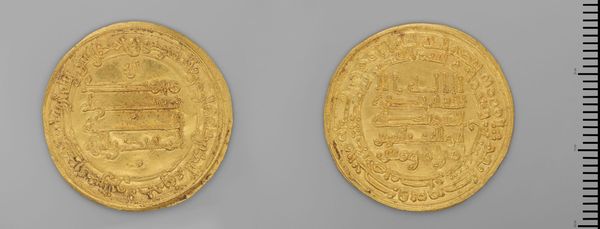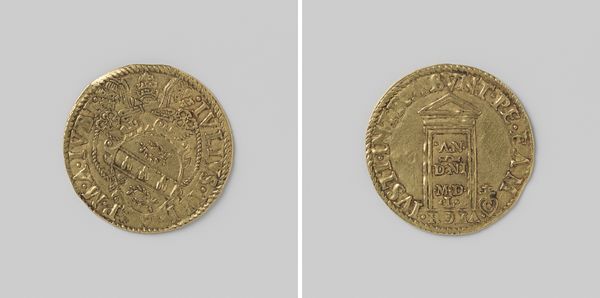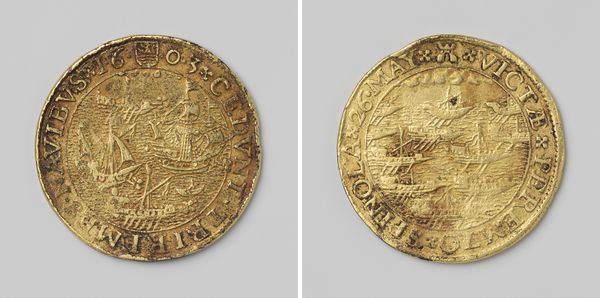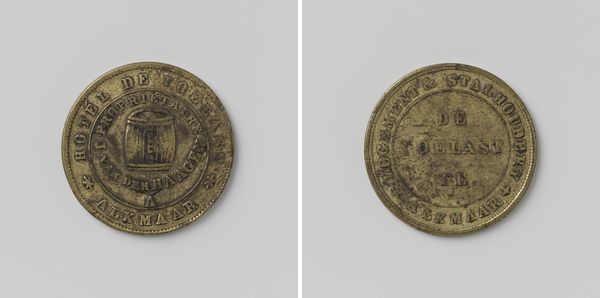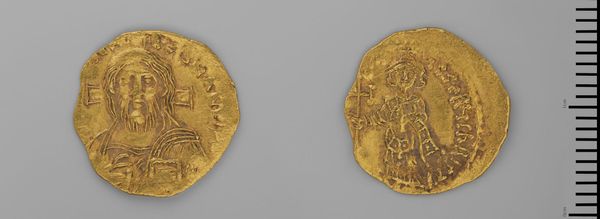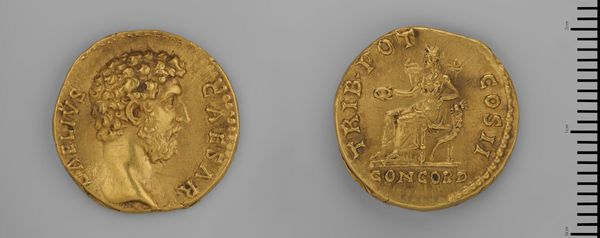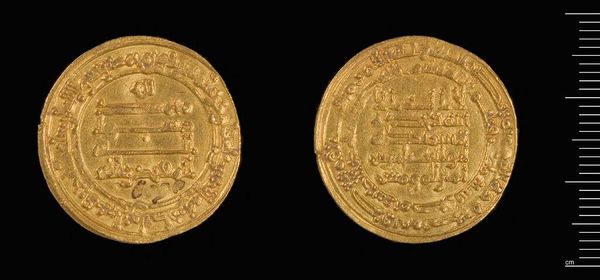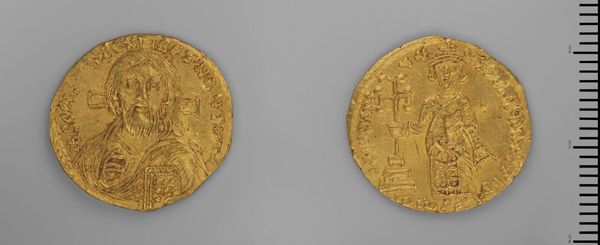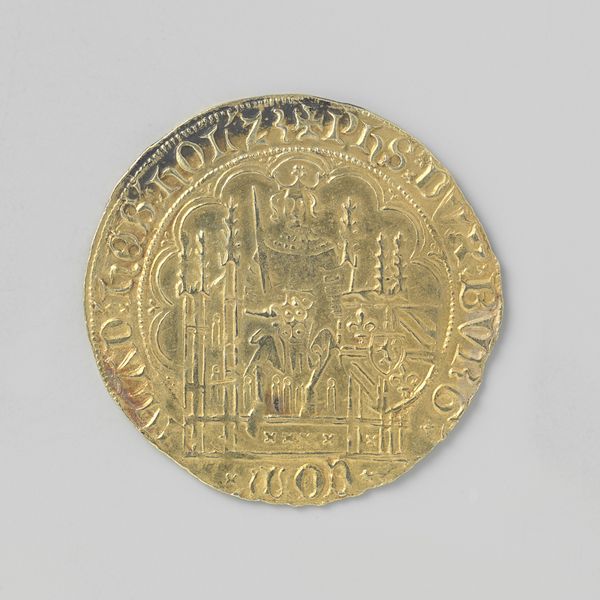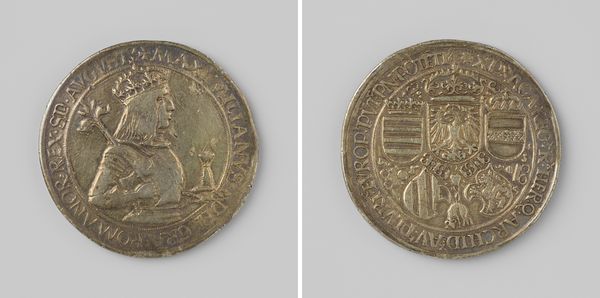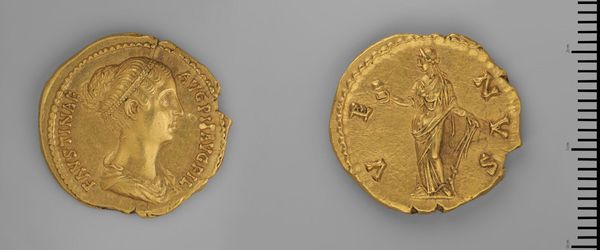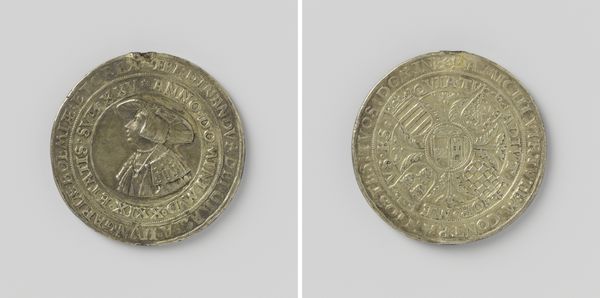
Dimensions: 4.29 g
Copyright: CC0 1.0
Curator: This is a Dinar of al-Muqtadir, minted in Misr, and currently held in the Harvard Art Museums collection. Editor: It feels so weighty, even just looking at it—that dense gold and the deliberate inscription. A marker of power, no doubt. Curator: Absolutely. The Dinar served as a potent symbol of the Abbasid Caliphate's economic and political reach, particularly under al-Muqtadir. Its value transcended mere monetary worth. Editor: The calligraphy is so intricate. What messages or symbols are embedded within it? It evokes a sense of the sacred, almost talismanic. Curator: The inscriptions contain religious declarations, affirming the caliph’s authority as a divinely appointed ruler. It acted as propaganda, circulating the caliph's name and legitimacy far and wide. Editor: So, each transaction became a small act of acknowledging and reinforcing that power. I imagine the weight of that gold felt different to the merchant versus the peasant. Curator: Precisely. The Dinar offers a fascinating lens through which to view the social and political dynamics of the era. Editor: Examining something like this, so small and yet so impactful, really highlights how art and power are interwoven.
Comments
No comments
Be the first to comment and join the conversation on the ultimate creative platform.
